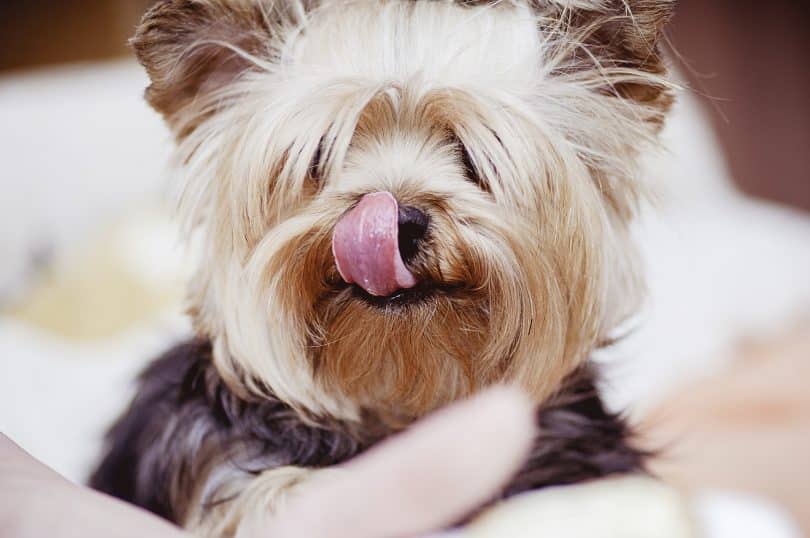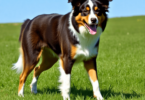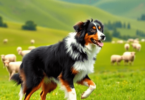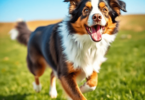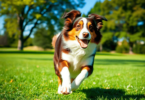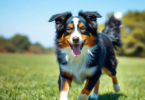It’s no secret that dogs shed. However, is that really too big of a price to pay when it comes to welcoming home one of the most loyal and loving friends you’ll ever have?
The truth is most breeds shed. It’s not their fault and there’s really nothing that they can do about it. At the same time, that doesn’t mean that people want their entire home to be covered in fur. Some people don’t see shedding as much of an issue. On the other hand, some people can’t stand it. You should definitely avoid the following dogs that shed the most if you want to keep your home as hair-free as possible.
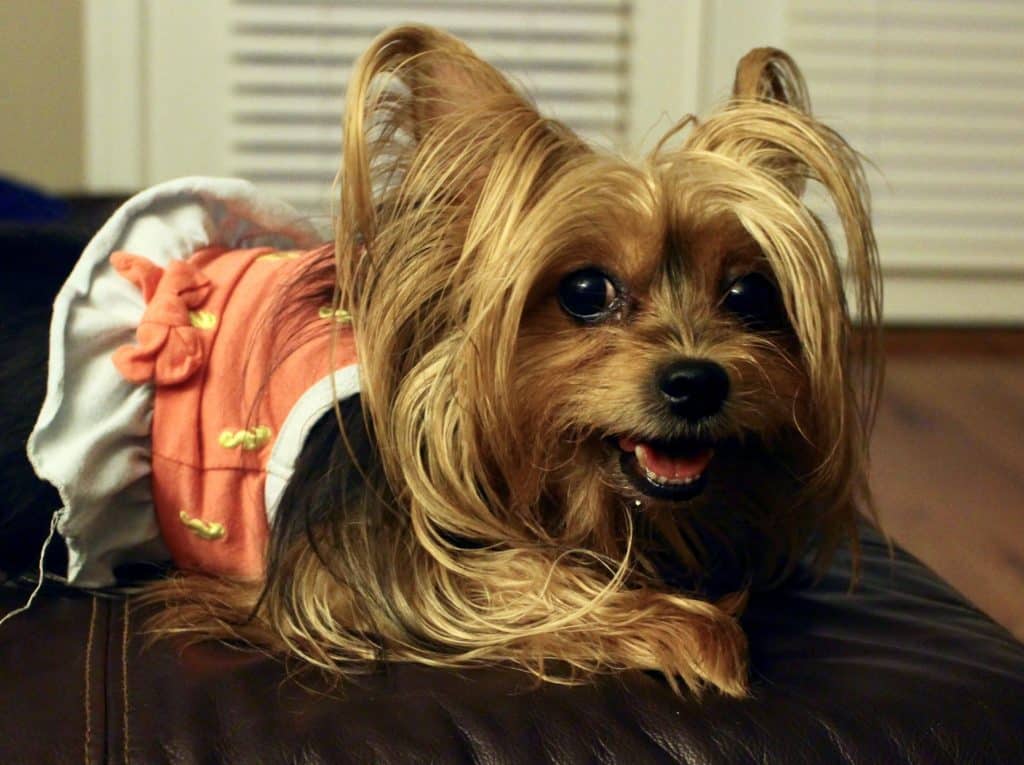
10 Breeds That Constantly Shed
1. Akita
2. Alaskan Malamute
3. American Eskimo
4. Cardigan Welsh Corgi
5. Chow Chow
6. Saint Bernard
7. Great Pyrenees
8. Siberian Husky
9. Golden Retriever
10. Belgian Sheepdog
1. Akita
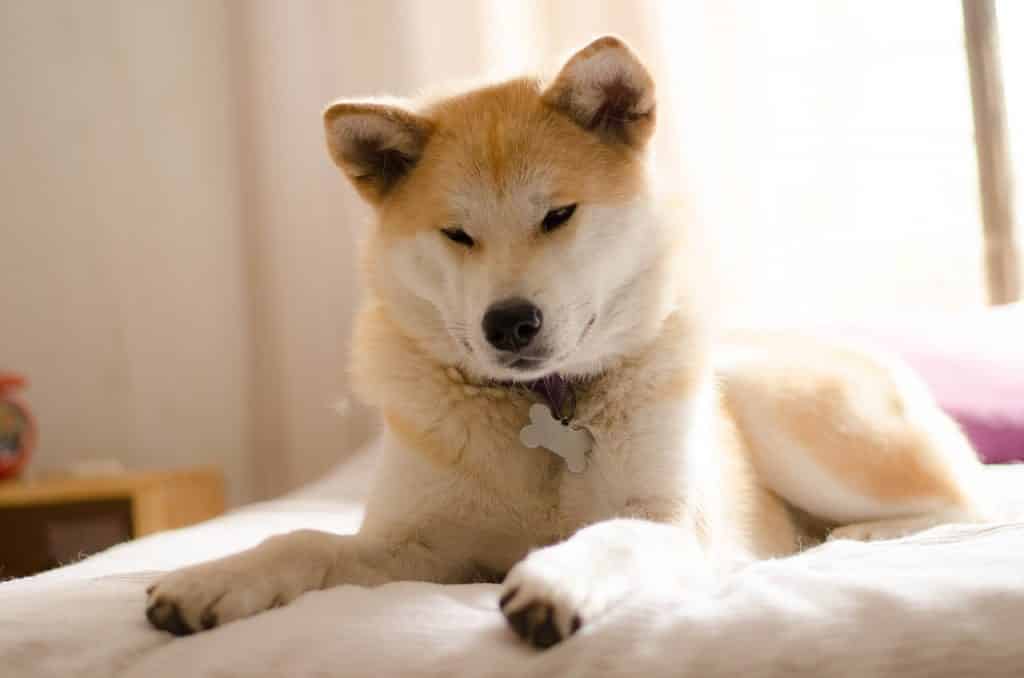
Akitas are beautiful dogs. However, they originate from high elevation mountains in Japan. For this reason, they have thick fur to keep them warm. Since their coat is short many people might think from looking at them that shedding wouldn’t be much of an issue. Keep in mind, looks can be deceiving. This breed is notorious for shedding constantly thanks to their double-layered coat.
2. Alaskan Malamute
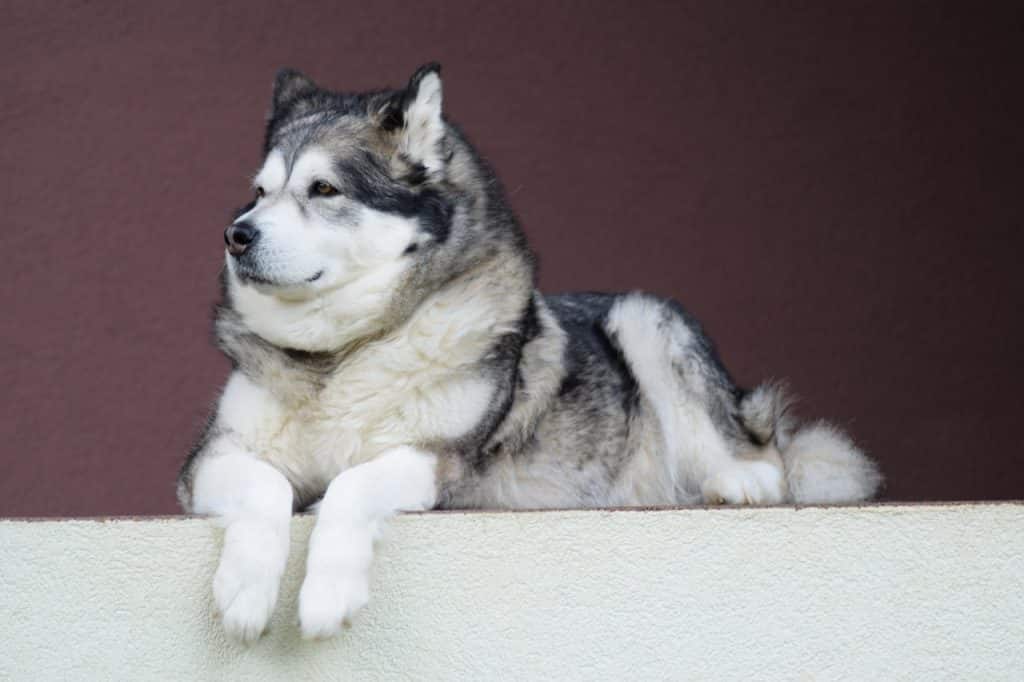
This breed has an interesting history. Believe it or not, they were actually bred to carry heavy loads in the harshly cold environment of Alaska. Surely these dogs needed to stay warm which actually caused their coats to become thick and fluffy. Alaskan Malamutes are great dogs, but their coat will need lots of attention if you want to minimalize their shedding.
3. American Eskimo
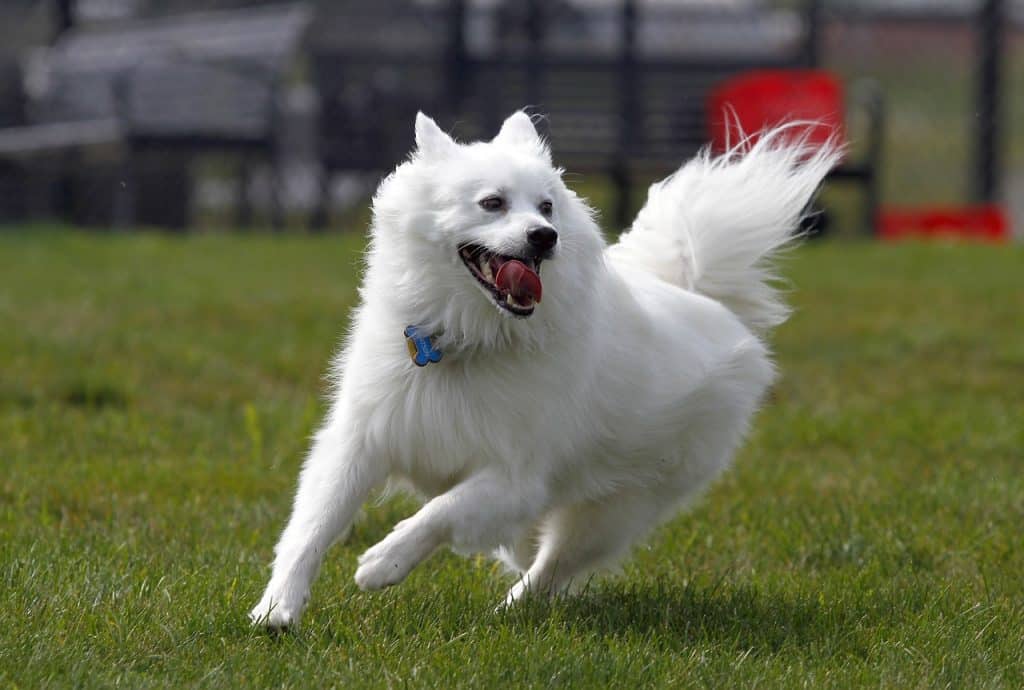
Judging from their size, you probably wouldn’t think that this breed would shed a lot. The truth is these little guys constantly shed. Despite their size, they can quickly cover everything in a layer of fur. This is definitely not the right breed for someone looking for a low maintenance dog that doesn’t require constant brushing.
4. Cardigan Welsh Corgi
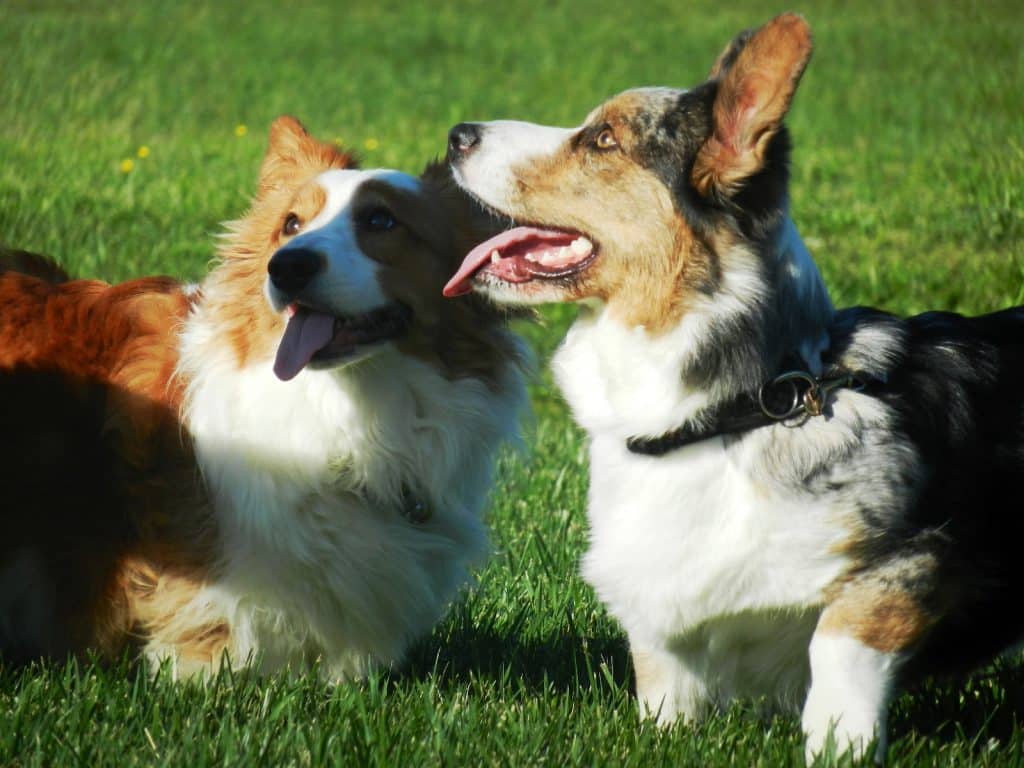
If you don’t mind your home constantly being covered in fur, this could be the breed for you. Be warned, while they may be small in size, Cardigan Welsh Corgis have a thick double coat that literally never stops shedding. Your new BFF will typically shed year-round. Make sure you’re ready for the time and commitment it will take to properly care for your new family member.
5. Chow Chow
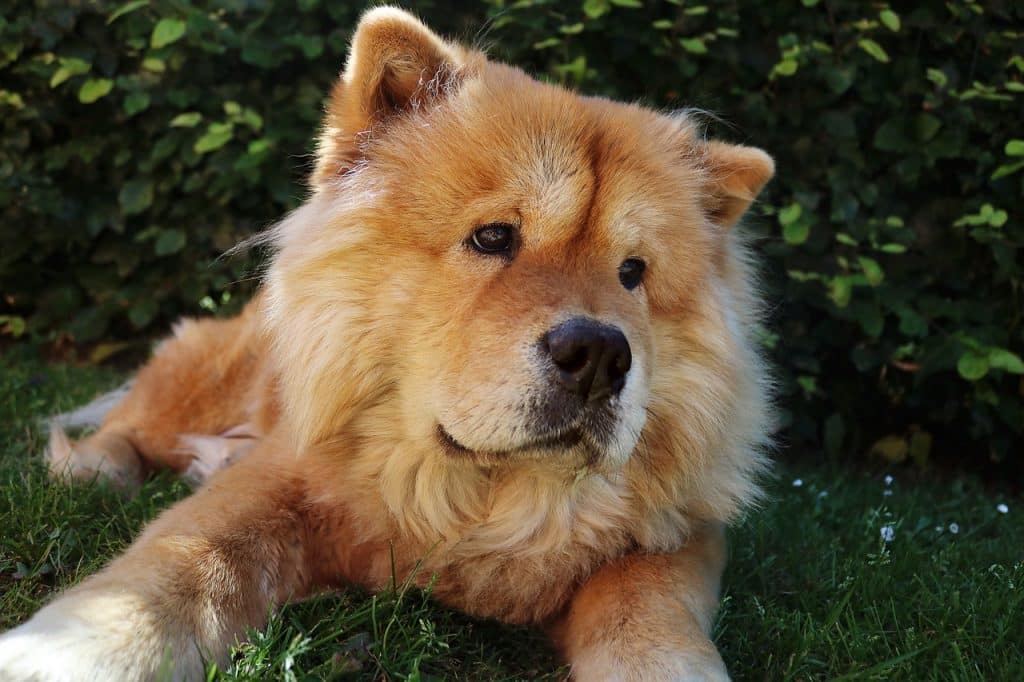
I think this breed might be a little more obvious. After all, one look at a Chow’s thick and fluffy coat makes it pretty clear that shedding will be an issue. However, if you can move past this, this breed actually makes a great addition to nearly any family. Since they were originally used as guard dogs in China, loyalty is ingrained in their genetic makeup which is always a huge plus.
6. Saint Bernard
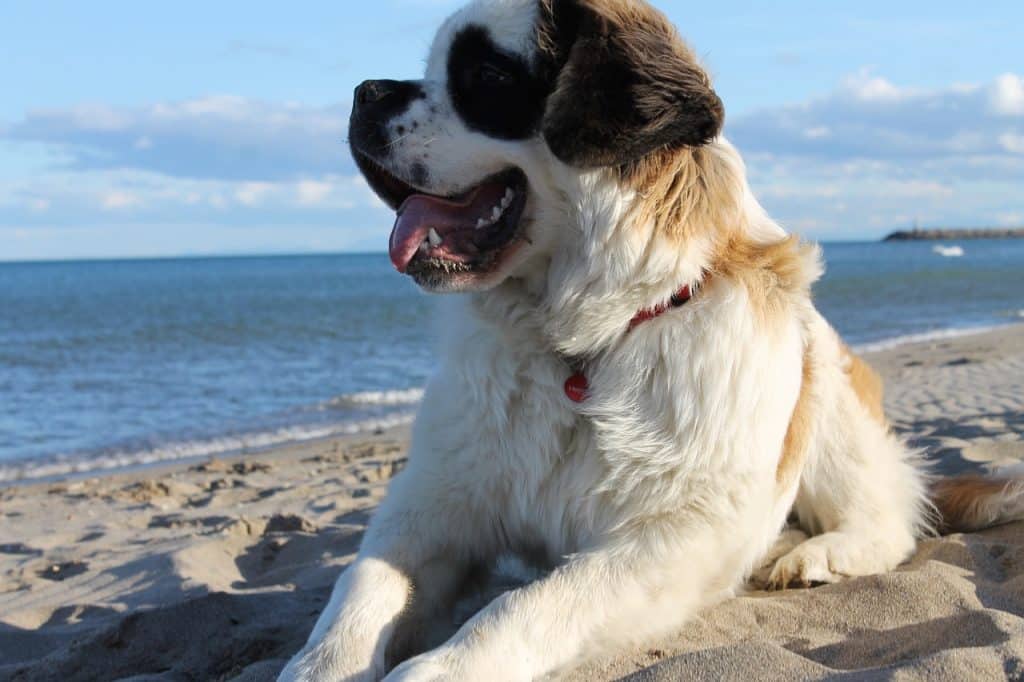
If you’re familiar with this breed you’re probably aware of the fact that Saint Bernards have two different coats. One type is short-haired while the other is long. One would think that they should be able to avoid excessive shedding by going for the shorter coat type, right? Likely surprising to many would be that both types shed quite a bit. You’ll be doing a lot of brushing if you bring one of these gentle giants home.
7. Great Pyrenees
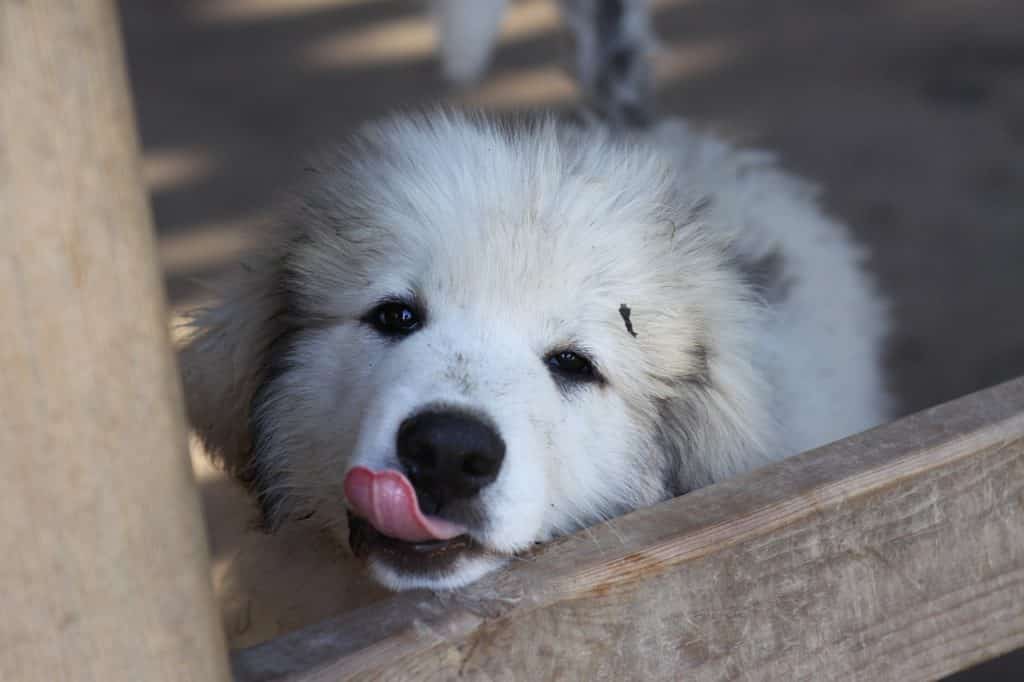
There’s really no other way to explain the look of this breed other than stunning. Their beautiful white coat is nothing less than gorgeous. However, beauty usually comes at a cost and that’s certainly the case when it comes to minimalizing shedding with a Great Pyrenees.
8. Siberian Husky

Being one of the most vocal dogs, Siberian Huskys are also notorious for shedding. It’s kind of funny when you think about it, but the same thing that gives these dogs their beautiful appearance is also what leads to a lot of clean up. This breed has a medium-length double coat that tends to shed year-round.
9. Golden Retriever
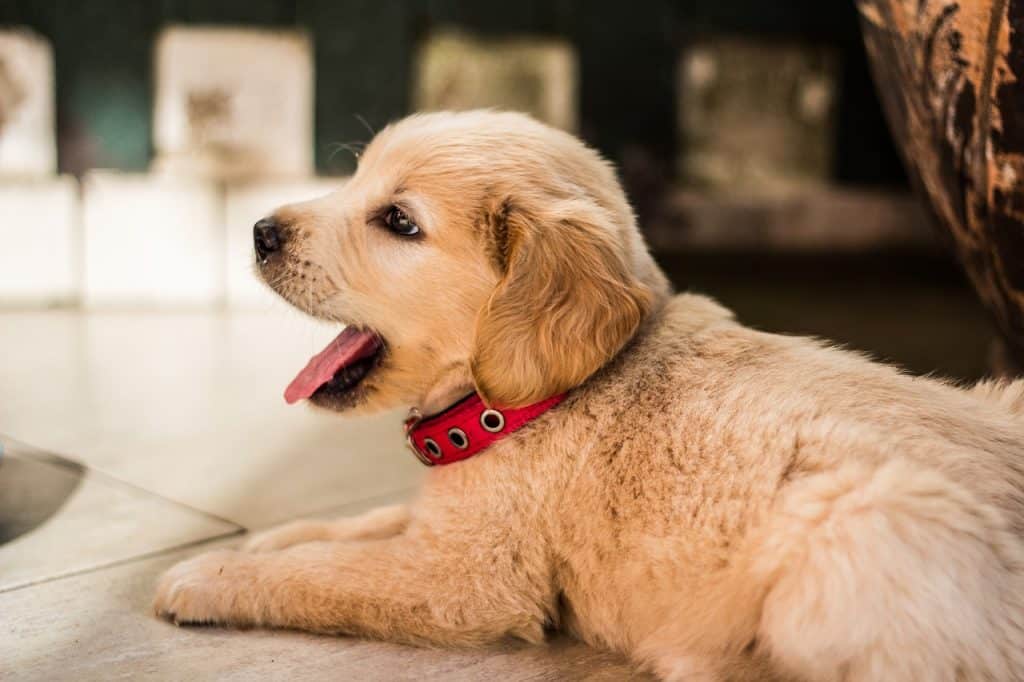
Overall, it’s hard to find any downfalls with this breed except when it comes to those who really can’t stand shedding. They may make a perfect family dog, but they also make excellent shedders. Once again, a thick double coat is to blame. Regular brushing may spare your furniture, but you likely won’t be able to completely eliminate shedding fur.
10. Belgian Sheepdog
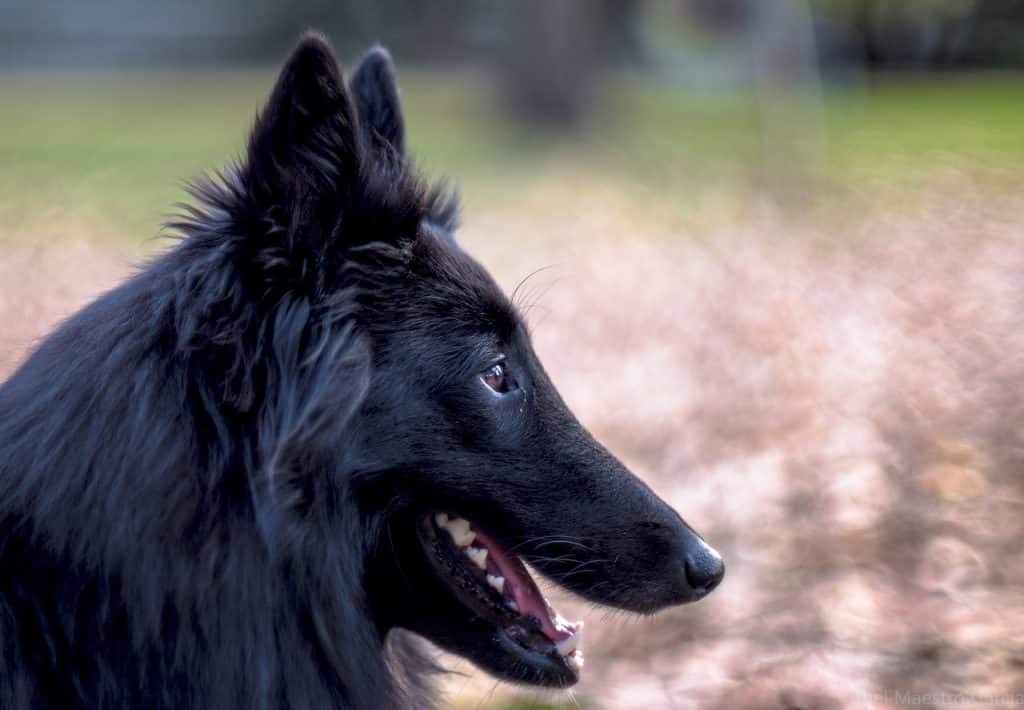
Belgian Sheepdogs have a lot to offer. They’re easy to train, they get along excellently with children, they adapt well to most living environments and they love to please their humans. However, they’re also one of the top shedding dogs. Constant brushing and grooming will be an absolute must unless you like the idea of everything in your home being covered in your BFF’s fur.
There you have it. Now you know which breeds shed the most. Hopefully, this information can help you avoid any surprises when welcoming home a new family member. The last thing anyone wants is to be misled about a dog’s shedding level.
Keep in mind, almost all breeds shed. The truth is, you should prepare yourself to take good care of your furry friend. Regular baths and twice a week brushing will cut down on the amount of fur your dog sheds. Plus, it will give you some valuable time together. Realistically speaking, with enough care and attention, almost any breed’s shedding can be managed.
Frequently Asked Questions
What month do dogs shed most?
Most dogs shed the most during the spring and fall. During the spring, your furry friend will shed their heavy coat for a lighter one in preparation for summer. During the fall, it will shed its light coat so a heavier one can grow in for the cold winter months.
What will stop my dog from shedding so much?
The most effective way to minimize messes from shedding is regular brushing and baths. It’s important not to use shampoo too frequently because it can dry out your fur baby’s skin. Warm water alone will do the trick. Then, follow up your pooch’s bath time with a thorough brushing once their coat is dry.
What home remedy can I give my dog for shedding?
The best home remedy for minimizing shedding is a healthy diet. The right dog food can make a noticeable difference. You’ll want to look for nutritional premium brands. You may also want to try adding molasses or olive oil to their food.
Does coconut oil help dog shedding?
Coconut oil can be helpful when it comes to reducing shedding. It even comes with the added benefits of improving the health of your four-legged friend’s coat, treating dry skin, and preventing skin irritation. It’s perfectly safe to use on your dog and it can make a big difference in the amount of hair they leave laying around.
Can I leave coconut oil on my dog overnight?
It’s not recommended because it can leave your dog oily and you probably don’t want it getting all over everything in your house. The best way to apply coconut oil topically it to massage it into your fur baby’s coat in a warm bath. Wait between 5-7 minutes and then rinse it out thoroughly.
Is there a pill for dog shedding?
There are actually several different supplements you can give dogs to reduce the amount they shed. These pills will not completely stop shedding and may not be suitable for all breeds, but they are effective.
How long does a dog shedding last?
You can expect your furry friend to shed their hair for 2-4 weeks when the heavy shedding season comes in the spring and fall. However, some breeds can lightly or even moderately shed year-round. The easiest way to make the process quicker is frequent brushing and baths.
How can you tell if a dog is going to shed?
Truthfully speaking, all dogs shed to some extent, but some tend to shed less than others while some can easily cover an entire floor in hair. If shedding is an issue for you or you suffer from allergies, you may want to consider adopting a hairless or hypoallergenic dog breed.
Do indoor dogs shed more?
Yes and no. It all depends on the breed of dog. However, indoor dogs do tend to lightly or moderately shed year-round instead of following the usual shedding seasons.
Can I vacuum my dog?
Absolutely, but you will need the right tools and will also need to know how to properly do it. Vacuuming loose hair is actually a great way to keep your house clean during shedding seasons. However, it might take a while for your fur baby to get used to the process.
